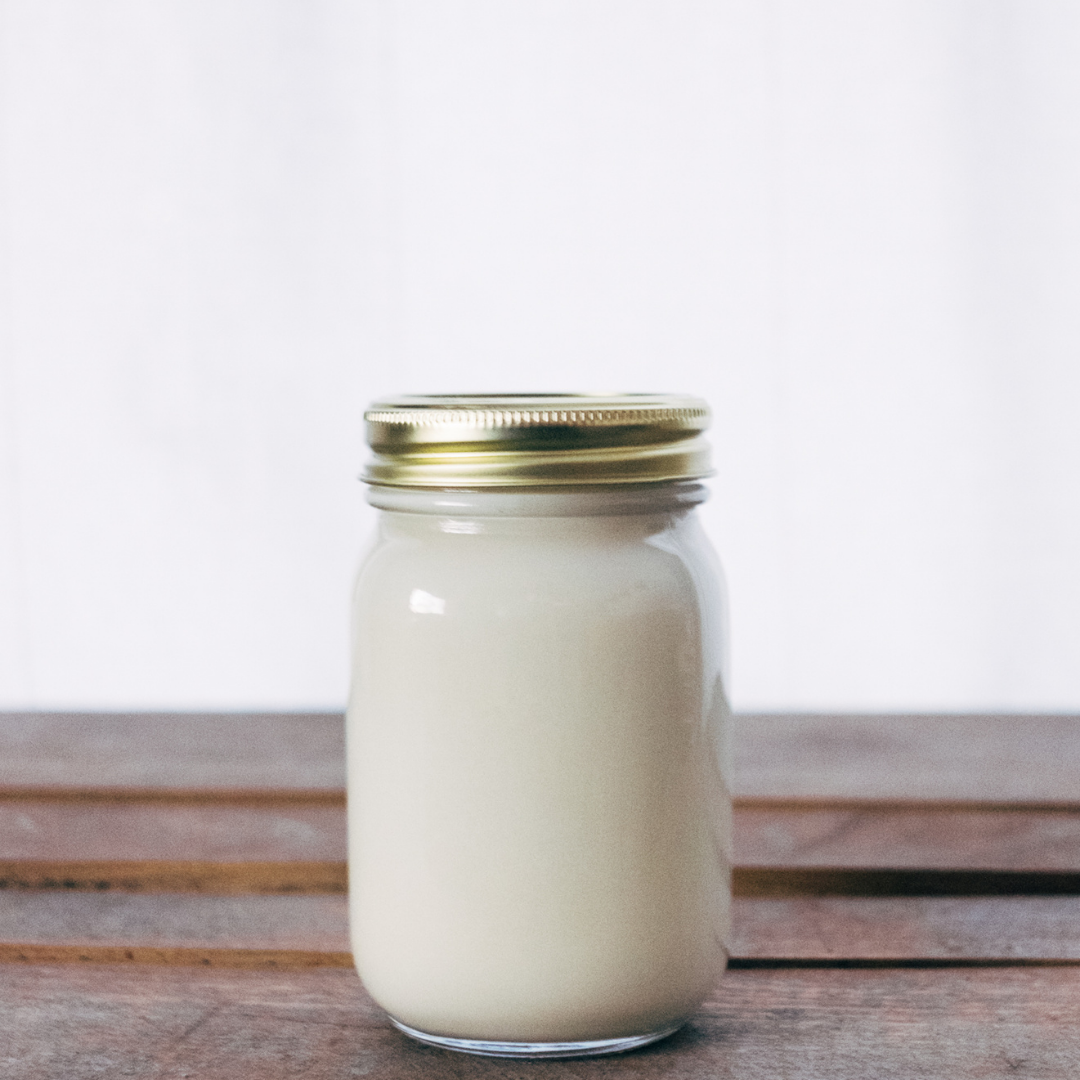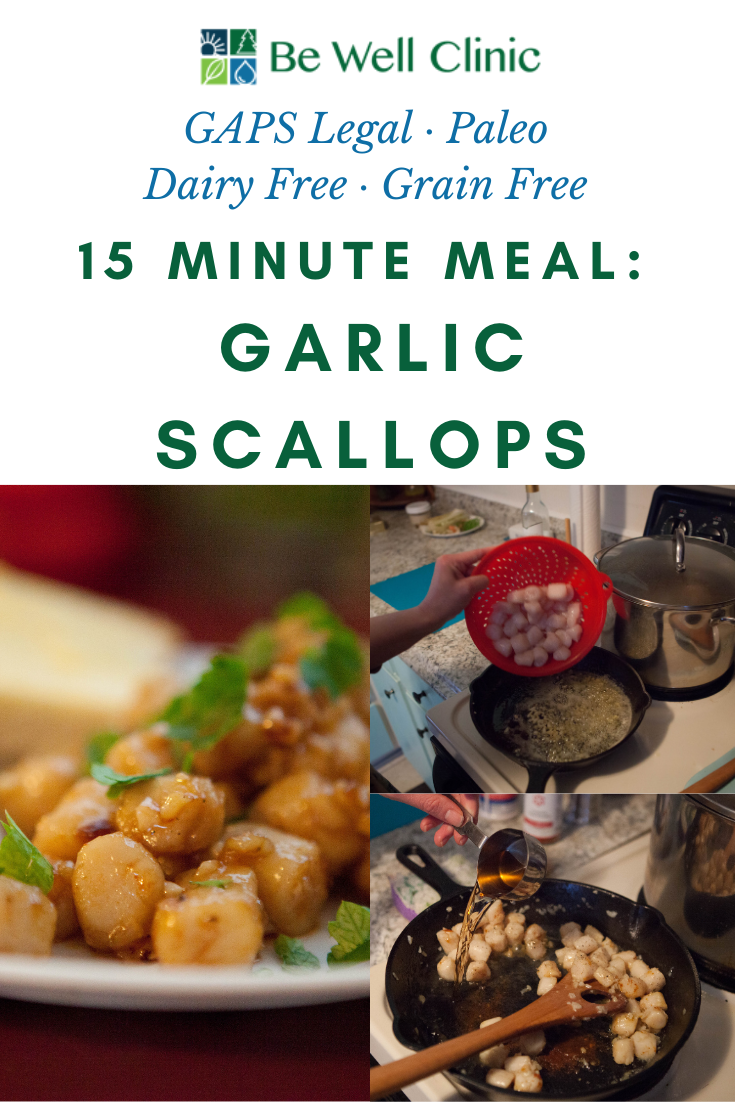Sourcing well is always important for any meat. In landlocked states, it’s a great idea to buy flash frozen seafood because it is fresher. Check where your scallops are caught. You want wild caught scallops and not caught off the coast of China if possible. Scallops are filter food through the water where they live. Try to get clean living scallops.
If you get live scallops, make sure to put them in salt water for several hours to allow them to expel their sand. You can change the water as needed.
Scallops are rich in iodine. Iodine is an important mineral for our bodies. Iodine is used by the body to make hormones in your thyroid. Fluorine and chlorine compete with iodine in your thyroid because they’re a similar enough molecule. Both fluorine and chlorine are toxic to our cells, meaning they damage the cells function. If there is not enough iodine in your cells, your body will quickly uptake whatever it can find that’s closest - meaning fluorine and chlorine. Being well nourished and having enough iodine will prevent your body from trying to use fluorine or chlorine in your thyroid. Learn more about iodine and why we need it in this blog post.
Ingredients for Garlic Scallops:
16 oz Wild Caught Scallops
3 tbsp Butter
4 Large Cloves of Garlic
¼ cup White Wine
Pinch of Cayenne Pepper
3-4 Shakes of Salt
Freshly Ground Black Pepper
Directions for Garlic Scallops:
If your scallops are frozen, thaw them on the counter for approximately 30 minutes.
Rinse scallops. Mince garlic. Add butter into cast iron pan or other heavy skillet and heat medium high heat.
Add the garlic to the hot butter. Stir to coat. Continue to stir on medium high heat until the garlic starts to brown. Do not allow the garlic to burn. It will burn quickly.
Add the scallops to the hot butter and pan. Brown the scallops on both sides. If you have too much liquid from your scallops, drain off the liquid. Add more butter so they will brown.
When scallops are brown, add white wine, cayenne pepper, some salt, and freshly ground pepper.
Cook for a few minutes on the higher heat until the wine cooks off. Do not overcook the scallops!
Serve hot on their own or alongside a thick and hearty slice of sourdough bread with butter.





















